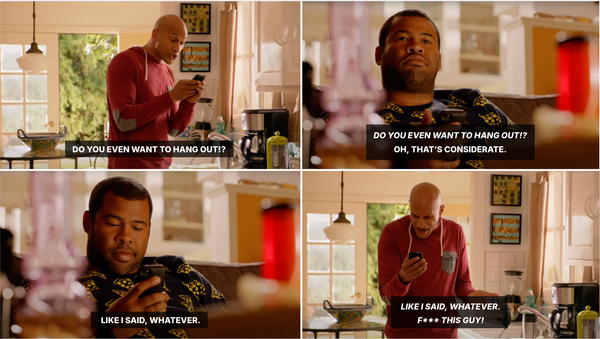Are five-star reviews the new participation trophy?
Inflated ratings in the business world call for resetting expectations and encouraging accurate feedback. Supplementing ratings with qualitative data can make them more meaningful.

Are five-star reviews the new participation trophy?
The business world is more data-driven than ever and customer feedback is on every marketer’s mind. FromNPS and CSAT scores, to KPIs and OKRs, we cannot get enough.
But in order for those scores to be meaningful, the inputs have to be genuine. And according to this recent article from the New York Times, we’re dealing with a trend of rating inflation.
Lyft drivers whose scores go below 4.8 out of 5 stars are asked to work on their performance. Drivers under 4.6 risk deactivation.
The average Uber passenger rating in the U.S. is a 4.9 out of 5.
The average Airbnb rating in the U.S. last year was 4.7 out of 5.
We wanted to get into the ratings game at Black Glass too, so we instituted an automatic post-meeting survey. It’s simple: if you have a Zoom call with us, you’ll be directed to a pop-up screen right after our call ends. Shout out to Typeform for the amazing integration.

We ask three quick questions:
- How was your most recent meeting with Black Glass? (1 to 5 scale)
- How likely are you to recommend Black Glass to a colleague? (1 to 10 scale)
- What feedback, if any, would you like to leave for the team? (short answer)
After running the survey for a few months (and with a 73% completion rate after they answer the first question), we’re proud to have a…drumroll, please:
A meeting satisfaction score of 4.9 out of 5 and an NPS of 88.
We have perfected the phone call.
Or our raters aren’t being totally honest.
For us, a 4 or a 9 feels like a failure. They’re outliers in comparison to our average scores. But… are they really failures?
In order for all of us to get more out of rating systems – as both the raters and the recipients – we think a few things need to happen:
Reset expectations around what “good” scores are.
Performance reviews can actually provide a good example of this (though, we have some thoughts on quantitative-only reviews, too). If you’re meeting expectations in your role, you are likely to get a 3. And that’s ok! Seriously! (We know this differs by company, but this is the standard definition of “meets expectations” on a 5-point scale).
If you get in a rideshare and the ride goes exactly as you’d expect it to – including your baseline expectation of physical safety – then that, too, should be a 3-star experience.
Direct raters to provide accurate feedback.
Once you’ve reset expectations internally with your teams, share that guidance with your customers, clients and rater. Tell them: “If this experience met your expectations, we think we deserve a 3. If we went above and beyond compared to other experiences you’ve had, consider giving us a 5.”
Redefine how scores are used.
Scores alone honestly aren’t that actionable – so we always want to push for qualitative feedback to supplement the numbers. 5-point ratings should be one input, coupled with others to provide a full picture. For us as a professional services firm and consultancy, qualitative feedback is NEEDED.
So if you get one of our post-call surveys sometime soon, please answer question #3!
And as you shift expectations around what ratings mean “outstanding” and what is appropriate for meeting expectations, pause any automatic internal penalization or reward systems tied to ratings until your ratings have had time to recalibrate – and make sure your reporting makes note of when the switch-over was made.
#Make5StarsMeanSomethingAgain




